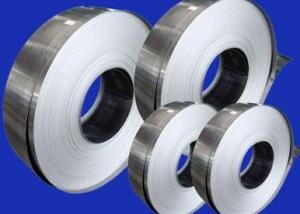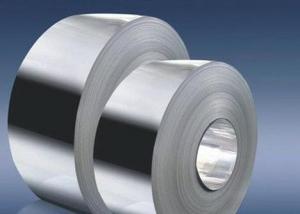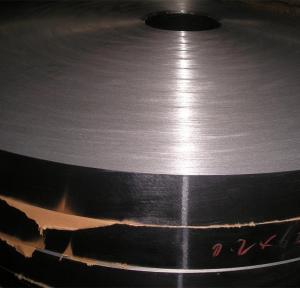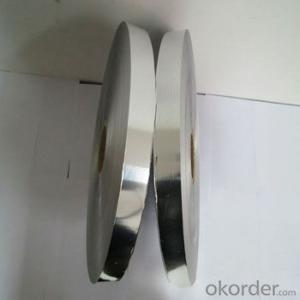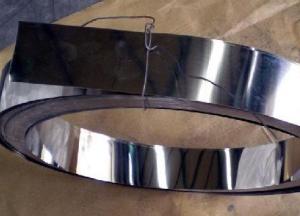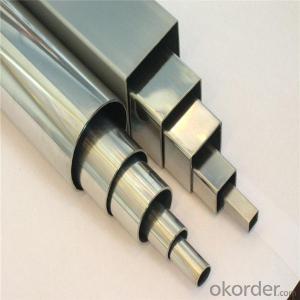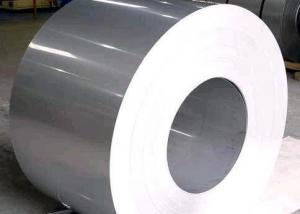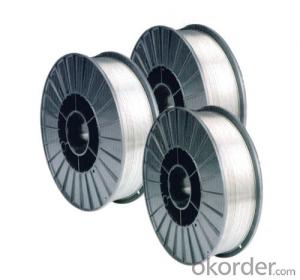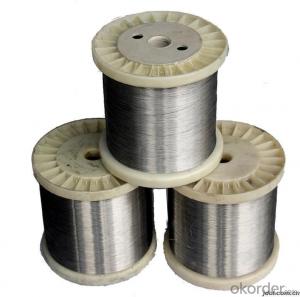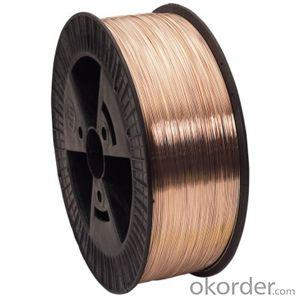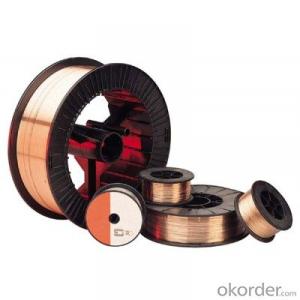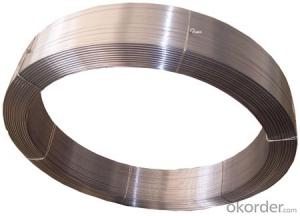Stainless Steel Strips
Stainless Steel Strips Related Searches
Best Paint For Stainless Steel Blanket Insulation For Steel Buildings Primer For Galvanized Steel Foam Filter For Stainless Steel H S Code For Stainless Steel Surface Grinding Wheels For Stainless Steel Surface Grinding Wheels For Hardened Steel Hole Saw For Stainless Steel Paint For Stainless Steel Stainless Steel For BbqHot Searches
Steel Mesh Panels For Sale Price For Stainless Steel Scrap Scrap Price For Stainless Steel Price For Stainless Steel Stainless Steel Tank For Sale Stainless Steel Sheets For Sale Cheap High Tea Sets For Sale Stainless Steel Tanks For Sale Stainless Steel For Sale High Density Fiberboard For Sale Solar Hot Water Collectors For Sale Scaffolding For Sale In Uae Scaffolding For Sale In Ireland Scaffolding For Sale In Houston Type Of Inverter For Solar Price Of Shipping Containers For Sale Types Of Inverter For Solar Stock Price For Aluminum Used Solar Inverter For Sale Steel Mesh Panels For SaleStainless Steel Strips Supplier & Manufacturer from China
Okorder.com is a professional Stainless Steel Strips supplier & manufacturer, offers integrated one-stop services including real-time quoting and online cargo tracking. We are funded by CNBM Group, a Fortune 500 enterprise and the largest Stainless Steel Strips firm in China.Hot Products
FAQ
- Yes, stainless steel wire can be used for springs in the manufacturing industry. Stainless steel is highly resistant to corrosion and has excellent mechanical properties, making it a suitable material for springs that require durability and strength. Additionally, stainless steel springs can withstand high temperatures and maintain their shape and performance over time, making them a reliable choice for various industrial applications.
- Artistic sculptures can be made using stainless steel wire, which offers numerous advantages. Stainless steel, being a versatile material, provides several benefits for sculptures. Notably, it is highly durable and resistant to corrosion, making it perfect for outdoor sculptures that face varying weather conditions. This durability guarantees that the sculpture will remain intact and retain its original shape for a prolonged period. Moreover, stainless steel wire is easily malleable and manipulated, allowing artists to fashion intricate and detailed sculptures. Its flexibility enables artists to experiment with different shapes and forms, as it can be effortlessly bent, twisted, and welded to achieve the desired artistic expression. Furthermore, stainless steel wire possesses a sleek and glossy appearance that imparts a modern and contemporary touch to sculptures. Artists can polish it to a high shine or leave it untreated to showcase its natural silver-grey color, providing a wide range of possibilities for artistic expression. In conclusion, stainless steel wire is a favored choice among artists for sculpting due to its durability, malleability, and appealing appearance. It grants artists the freedom to explore their creativity and create unique, long-lasting pieces of art.
- Stainless steel wire is commonly used in the packaging industry for various purposes including sealing and securing packages, creating wire handles for bags, reinforcing packaging materials, and providing support for heavy or delicate items during transportation and storage.
- What's the difference between stainless steel tube polishing and stainless steel wire drawing?
- Polishing machine is equipped with polishing wheel. When polishing, polishing wheel rotation speed steel surface and the polishing wheel friction heat pipe to improve the plasticity, polishing force, surface plastic deformation, the convex part is down, and flow to the concave, the surface roughness decreases. In addition, the chemical composition of the polishing tube and the polishing medium are chemically reacted with the polished metal during the polishing process, so that the polishing effect is greatly enhanced.
- What's the effect of soapy water used to soak stainless steel wire?
- If you want to make a big lather, put a little starch or protein in the soap and water. They make the soap film hard to crack.
- There are several different types of stainless steel wire rope terminations, including swaged fittings, hand-crimped fittings, mechanical fittings, and wire rope clips. Swaged fittings involve compressing the wire rope using a hydraulic press to create a permanent termination. Hand-crimped fittings involve manually crimping the wire rope using a crimping tool. Mechanical fittings use a combination of mechanical devices, such as screws or bolts, to secure the wire rope. Wire rope clips involve using a U-bolt and saddle to clamp the wire rope together.
- Stainless steel wire is made through a process called wire drawing, where stainless steel rods or billets are passed through a series of dies to reduce their diameter and increase their length. This process involves heating the steel to soften it, followed by cold working to achieve the desired wire diameter. The resulting stainless steel wire is then cleaned, annealed, and coated for various applications.
- No, stainless steel wire does not have any direct health benefits. Stainless steel is primarily used for its durability, strength, and resistance to corrosion, making it a popular material in various industries such as construction, automotive, and manufacturing. While stainless steel wire can be used in medical devices like surgical instruments and orthopedic implants, its health benefits come from the functionality and performance of these devices rather than the wire itself. Stainless steel wire does not possess any inherent properties that promote health or well-being when used alone.





















